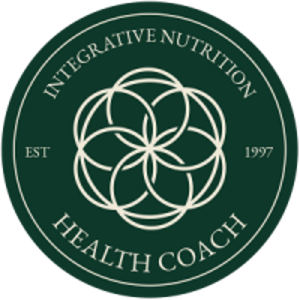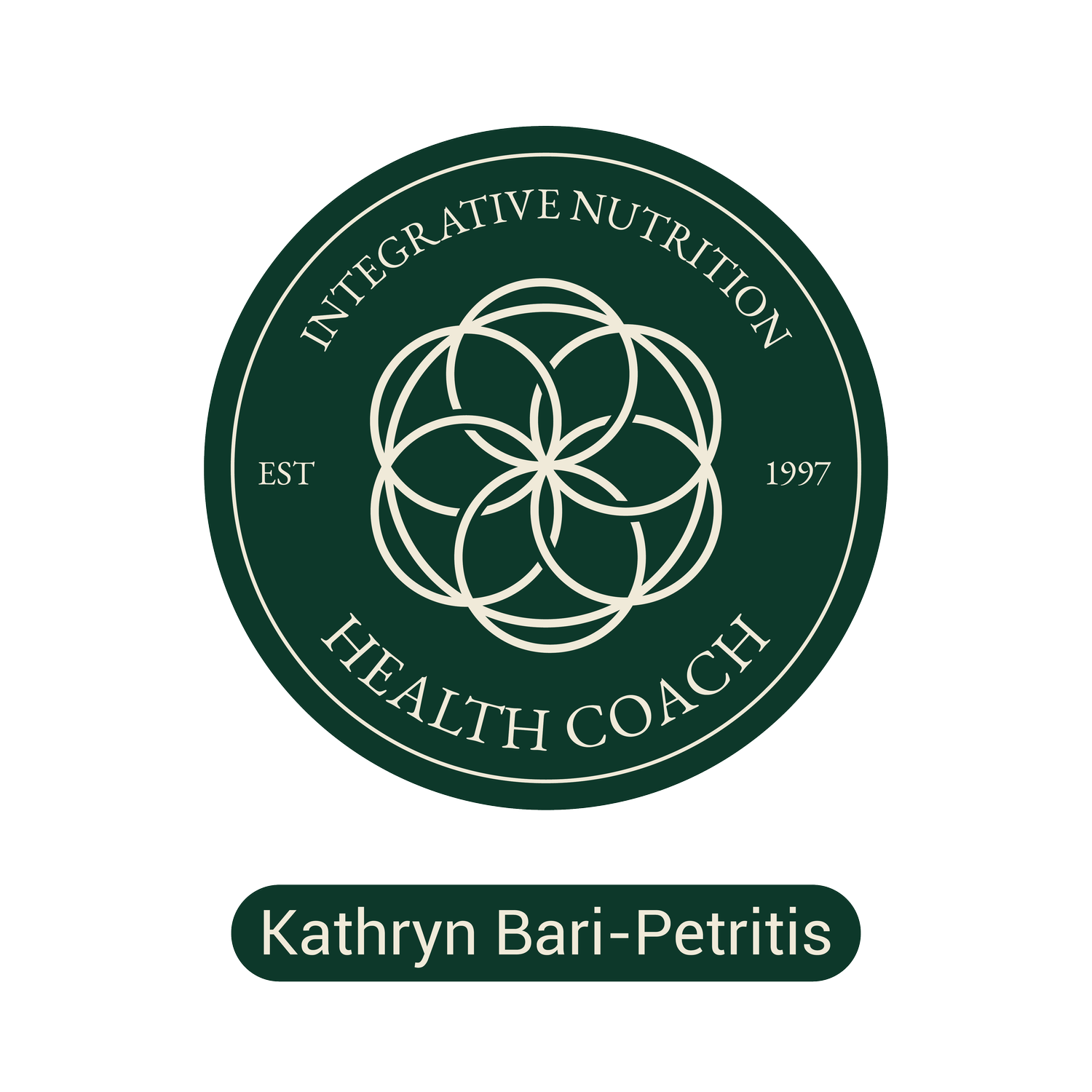Proteins: Everything You Need to Know
Protein is one of three major classes of foods called macronutrients—the other two are fats and carbohydrates. Protein is a vital nutrient essential to your health. There are twenty amino acids that combine to form different proteins, 8 of these come from the foods we eat. All the tissues of the body are built and repaired with protein.
During digestion and metabolism, protein is broken down into amino acids, the building blocks of protein. Proteins help to replace and rebuild new tissue, transport oxygen and nutrients in our blood and cells, regulate the balance of water and acids, and are needed to make antibodies.
The theme in America is “more is better.” Contrary to belief, too much of even a good thing may not always be good for you. The average American eats about twice as much protein than what is actually required.
Some people, in pursuit of thinness, are going on high-protein diets and are eating up to four times the amount of protein that their body needs. PROTEIN DEFICIENCY is not a problem in America. According to the American Heart Association and the National Institute for Health, as little as 50-60 grams of protein is enough for most adults. This breaks down to 10-12% of total calories.
To calculate the exact amount of protein you need, multiply your ideal weight by .36.
This will give you your optimum daily protein requirements in grams.
Sources of Protein
A. Animal protein
Beef, poultry, and fish contain all essential amino acids. When choosing meat it is important to know your source, organically grown beef is given access to the outdoors, fresh air, sunshine, water, and organic grass or pastureland and feed. No confined feeding is allowed and they can’t be fed any animal by-products, antibiotics, or growth hormones.
Organic cattle are tracked from birth to market with a paper trail that can be retraced. As for chickens, also look for ones organically raised from birth without antibiotics or growth hormones, fed certified organic sprouted grains, and have had access to the outdoors. Stay away from farmed fish—producers of farmed fish can use pesticides, dyes, antibiotics, and hormones in fish production. You want to purchase wild fish that are caught or harvested from the wild.
B. Plant proteins
They usually lack at least one amino acid. Plant proteins complement one another. When a food lacking a specific amino acid is eaten with another food that supplies the missing amino acid, the result is a high-quality protein. An example of this would be cooked dried beans with rice or a peanut butter sandwich with bread. Soy foods such as tempeh, soybeans, and soy protein powders may be beneficial in preventing osteoporosis.
Look for NON-GMO. Soy is a highly genetically modified food. Plant foods are generally abundant in protein: broccoli gets 45% of its calories from protein. Spinach is 49%, cauliflower 40%, beans 23%-54%, nuts 8%-12% and fruits are the lowest at 5% on average. Amaranth is high in protein and calcium, along with quinoa another high-protein grain.
C. Spirulina
This form of protein benefits people who have eaten too many animal products and refined foods, typically those who are overweight, diabetic, hypoglycemic, cancerous, and arthritic. Spirulina protein is in the context of massive amounts of beta-carotene, chlorophyll, fatty acid, and other nutrients.
Eating 10-15 grams daily of protein in this form, the body normally becomes satisfied and animal protein is craved less. Spirulina also protects the kidneys against injury that occurs from taking strong prescription medication, builds and enriches the blood, cleanses the arteries, and enhances intestinal flora as well as the growth of fungi, bacteria, and yeast.
D. Chlorella
This is another algal food of high nutritional value somewhat comparable to that of spirulina but contains a little less protein. It is more expensive than spirulina because of the processing required to improve the digestibility of a tough outer cell wall. The cell wall binds with heavy metals, pesticides, and such carcinogens as PCBs (polychlorobuphenyls) and carries these toxins safely out of the body.
The law of similars (“like cures like”) offers another approach to understanding the immune-strengthening quality of chlorella: an organism with a tough outer cellular wall may well possess the basic properties which strengthen our own cellular structure against invading organisms and toxins.
E. Whey protein
A high-quality complete protein containing all of the essential amino acids required by the body each and every day. Whey protein isolate is the purest form of whey protein and contains between 90% and 95% protein. It contains little fat or lactose. Whey protein is a dairy protein and comes from cow’s milk. It does not come from animal flesh. Whey protein is a soluble, very easy-to-digest protein. It is great for making fruit shakes.
F. Sea vegetables
They contain 10 to 20 times the minerals and vitamins of land vegetables. All sea vegetables contain significant amounts of protein, sometimes as much as 48%. Sea vegetables are also rich sources of both soluble and insoluble dietary fibers. Studies have shown that alginic acid removes heavy metals and radioactive isotopes from the digestive tract. You can add your sea vegetables to a pot of grains or beans, which makes the minerals available and ensures that some will be absorbed.
REFERENCES:
Healing with Whole Foods, by Paul Pitchford
The Healing Secrets of Food, by Deborah Kesten & Dean Ornish, M.D.
Natural Healing, by Tom Monte
Physicians Committee for Responsible Medicine, www.pcrm.org


